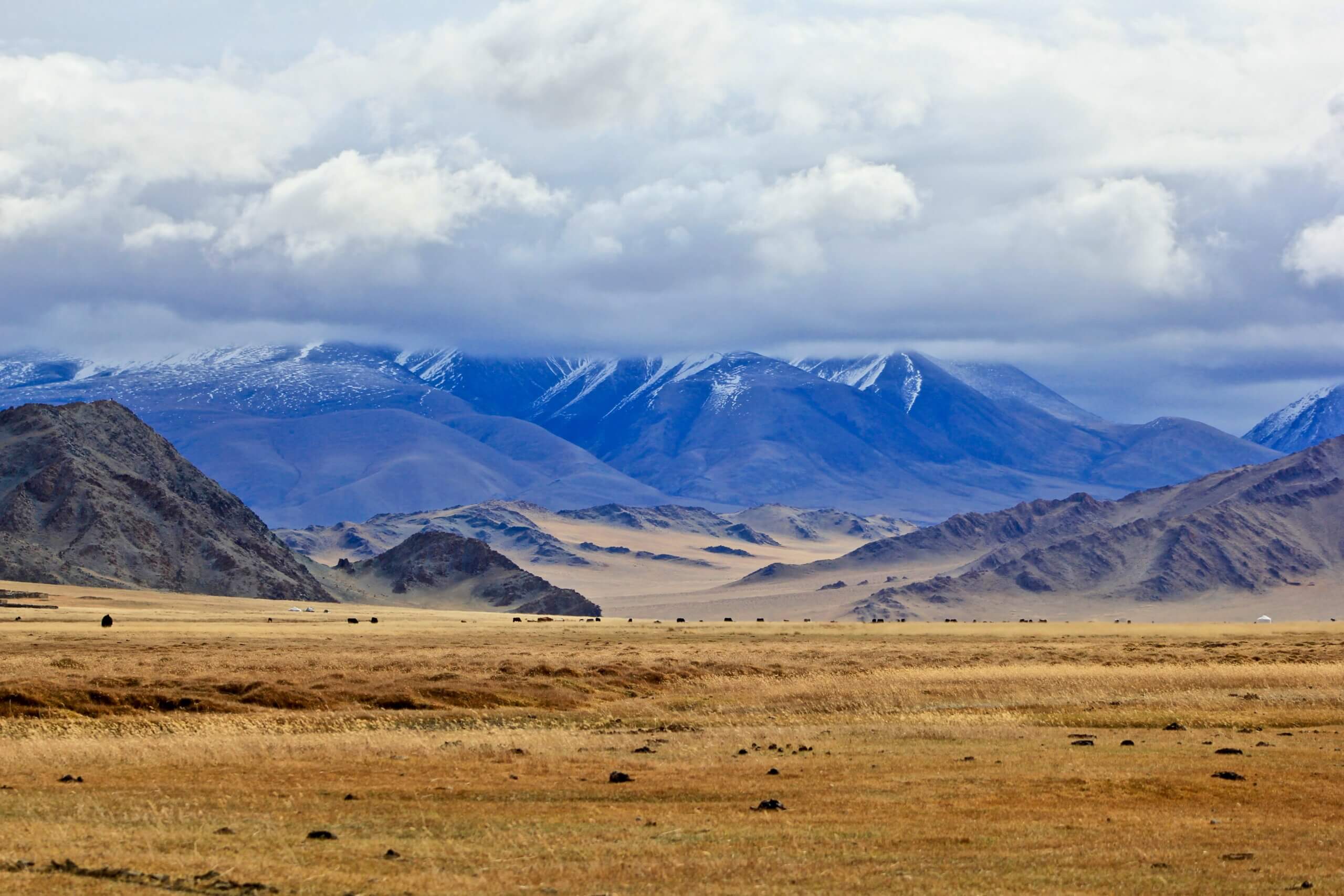For some countries, the response to grave feelings of national vulnerability has been the acquisition of nuclear weapons. This is especially true in Northeast Asia, where some countries either already have nuclear weapons (China and North Korea), or have had serious debates about acquiring them (such as in South Korea). Nuclear disarmament in Northeast Asia is hindered by both domestic and external factors. Yet the global disarmament movement, and, specifically, advocates for denuclearisation in Northeast Asia have an unlikely yet powerful model of hope – Mongolia. Mongolia is a viable model for the global disarmament movement in showing how a vulnerable nation surrounded by nuclear powers can assure its security without possessing nuclear weapons.
The Soviet Union deployed weapons of mass destruction on Mongolian territory during the Cold War. Later, the Mongolian government declared the state to be a nuclear weapons-free zone in 1992, a declaration officially ratified in 2000, under the provisions of Resolution 19 of the Mongolian Great State Khural (Parliament). The law not only prohibits the location and transport of nuclear weapons within Mongolian jurisdiction (including air, land and water). This move reflects, in part, an overall strategy of demilitarisation, which opposes any form of infringement on its sovereignty. This has helped ensure that Mongolia is able to assert an independent and mutli-vector foreign policy, and is no longer a bone of contention between China and Russia. In turn, the general policy of demilitarisation is a crucial component of being able to establish a nuclear weapons free zone.
Mongolia’s desire for a nuclear free status, prompted recognition and respect across the international community. The five permanent members of the UN Security Council- all nuclear weapons states- signed a declaration in 2012 affirming their respect for Mongolia’s nuclear-free status.
Ironically, Mongolia’s decision to declare itself a nuclear weapons-free zone was motivated in large part by an awareness of its vulnerability to far more powerful neighbours and its isolation. Mongolia is essentially a nuclear-free island in a tense neighbourhood fraught with tensions. It is not part of the Central Asia Nuclear Weapons Free Zone. The state is encircled by nuclear waste facilities in neighbouring nuclear weapons states. A large number of nuclear tests have been conducted within the vicinity.
Mongolia hosted a conference in September 2015 convened by the ASEAN Regional Forum to discuss Mongolia’s public image as a nuclear weapons-free zone. Rob Van Riet, World Future Council’s Coordinator for Peace and Disarmament, praised Mongolia’s policy on nuclear weapons and cited it as a potential model for European disarmament. Journalist Sergei Basayev has called Mongolia a “beacon” for several post-Soviet states, as well as countries like Iran and Pakistan. He highlights, among other things, how Mongolia was able to establish itself as a potential hub of investment and foster a security culture based on a nuclear-free stance and a lack of entangling military alignments.
Mongolia’s actions are a positive step for global nuclear disarmament and a paragon for Northeast Asia, a region plagued by instability and grave security risks exacerbated by nuclear proliferation. Mongolia’s small stature and relative lack of military power, especially when compared with its giant neighbours, further reinforce the notion that countries can build security by establishing neutrality and foreswearing weapons of mass destruction. It is a reminder that acquiring nuclear weapons makes states a target and can drastically reduce their security.
Non-alignment is key. While Mongolia has been an active partner of the United States, it has done so in a balanced manner with respect to China and Russia. Mongolia has refused to entertain overtures of formal partnership with NATO. It has attempted to maintain a positive relationship with North Korea, most especially in diplomacy and trade, but has not hesitated to speak out against North Korea’s nuclear weapon program as a cause of regional tensions and instability. The DPRK leadership has not seen Mongolia as a threat, and has been more willing to pay heed to the its leadership on a variety of issues.
Mongolia may be crucial in the first steps towards the ultimate goal of creating a broader nuclear weapons-free zone in Northeast Asia. As Peter Hayes argues, if other countries in the region such as Japan, Mongolia and South Korea sign a treaty creating a nuclear-free area, the DPRK may join later, either as its own entity or as part of a peacefully reunified Korea. As far-fetched as that idea may sound today, Hayes also asserts that whilst each nuclear-weapons free zone is unique, there are precedents with plenty of relevant experience and hope. On the other hand, there is not a great deal of pressure among Japanese and Korean civil society groups for such a move, and external states, particularly the United States and Russia, could oppose the creation of such a zone because they require free movement of their nuclear forces.
Nevertheless, Mongolia shows its neighbours that it is possible to achieve security, even or particularly when in a highly vulnerable environment surrounded by nuclear weapons states, without the need to resort nuclear weapons. It requires strong diplomatic skill and a willingness to pursue a balanced security policy. When looking at the politically charged environment in Northeast Asia and the accompanying nuclear proliferation, Mongolia shines as a model.
Image: Bolatbek Gabiden

